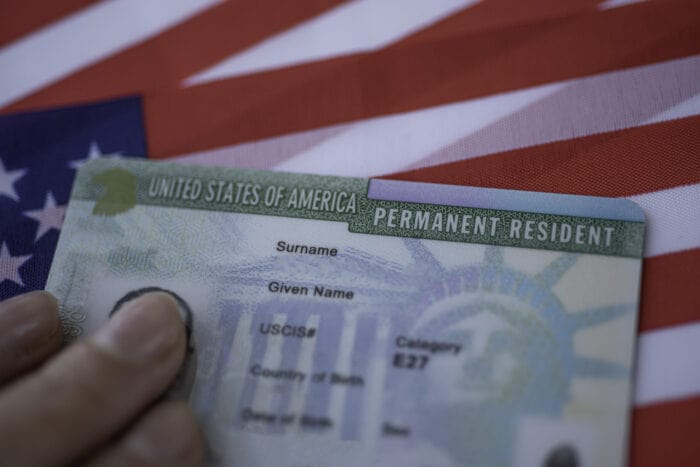Here’s a rundown of the FICA Tax Refund and if you qualify for one
The FICA tax is a way of life for working American citizens, but many immigrants may be surprised to learn that they don’t need to pay the tax depending on their immigration status. If they are exempt, they qualify for what is known as a FICA tax refund.
About the FICA Tax
The Federal Insurance Contributions Act (FICA) was created in 1935 with the Social Security Act. This federal payroll tax is used to contribute 6.2% of gross income to Social Security and 1.45% of gross income to Medicare. This amount is matched by your employer for a total of 15.3%. However, if you are self-employed, you are entitled to cover both the employee and employer portions.
These taxes go toward Social Security and Medicare programs that support current retirees and beneficiaries. Once you turn 62, you are eligible for Social Security benefits. To qualify for Medicare, you must be 65, have a disability or have end-stage renal disease.
Who Qualifies for a FICA Tax Refund?
If you are in the United States on an F-1, J-1, M-1, Q-1 or Q-2 visa or are classified as a non-resident immigrant, you qualify for a FICA tax refund. The refund also applies to those who overpay the system once they reach the wage base limit of $142,800 in 2021.
If you qualify for a refund, start the process for getting your refund as soon as possible since it must be filed within three years.
How do I get a FICA Tax Refund?
There are some options you can take to get your FICA tax refund, but we’ll help you navigate the best course of action.
- Start with your employer. Notify them of the exemption and have them provide an updated W-2 and refund you. This is the easiest and fastest approach to take. It’s also the most efficient since your employer will continue to account for the FICA tax in your pay unless you notify them of the exemption status.
- If you’re not having any luck with your employer or unable to get the full refund amount from them, your next option is to work directly with the IRS. You’ll do this by submitting Form 843. For this form, you will need:
- A copy of your W-2 where FICA taxes were withheld
- A copy of your visa stamp on your passport
- INS Form I-94 and, if applicable, INS Form I-538
- A statement from your employer about the reimbursement. If they cannot submit one, make your own statement and share why you haven’t included your employer’s statement.
- If applicable, Form 8316This form and paperwork should be submitted to the IRS off your employer files Form 941.
Once you’ve followed through the steps, you can check on the status of your refund with the Get Refund Status page on the IRS website. Don’t be surprised if it takes several months to receive your refund.
If your immigration status changes to where you are no longer qualify for the exemption, make sure that your employer is taking that into account into your pay.
Not everyone qualifies for the FICA refund, but if you do, don’t wait to take action.


